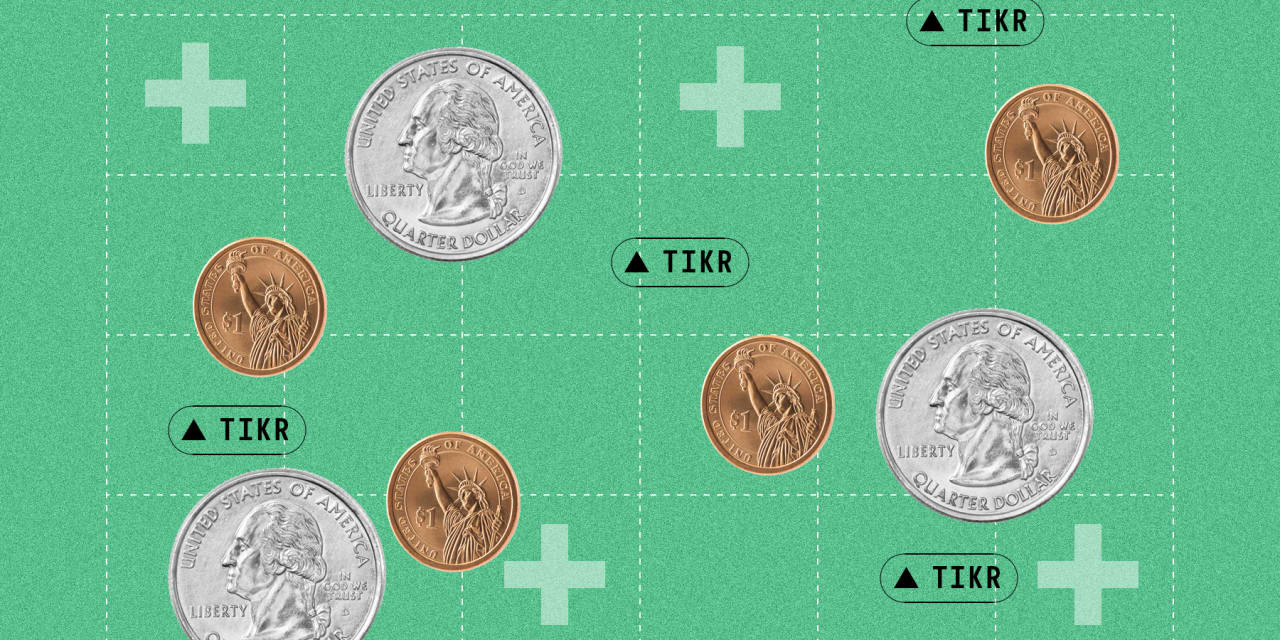Tax laws could give some of the S&P 500’s biggest laggards a bounce later in 2023, but before things get better, they may get worse.
It all depends on tax-loss harvesting, an approach in which investors typically sell their losing stocks and bonds to offset taxable capital gains made elsewhere. For most mutual funds, the deadline to sell is Oct. 31, while retail investors have until Dec. 31.
Mutual funds that are harvesting losses for tax purposes will likely put more selling pressure on the
S&P 500’s
biggest underperformers over the next week, said Jessica Rabe, co-founder of DataTrek Research, in a note on Tuesday.
DataTrek put together a list of the S&P 500’s 10 worst performers year to date as potential tax-loss candidates. It says those stocks could bounce starting in November as mutual fund tax-loss selling ends.
The list includes
SolarEdge Technologies
(SEDG),
Enphase Energy
(ENPH),
Moderna
(MRNA),
FMC
(FMC),
Dollar General
(DG),
AESCorp.
(AES), Insulet (PODD),
Etsy
(ETSY),
Estée Lauder
(EL), and
KeyCorp
(KEY). Four of the stocks—Enphase, Moderna, FMC, and Estée Lauder—made new 52-week lows this week.
“The idea with this strategy is to sift through the worst-performing equities to pick names that look attractive from a fundamental or valuation standpoint, and then wait for tax-loss selling to abate in the weeks after the Oct. 31 deadline,” wrote Rabe.
Mutual fund tax-loss selling tends to drive already beaten-down names even lower, so the stocks are worth keeping an eye on until the end of the month, as well as in the weeks after for a bounce through year-end, the note said.
“These stocks are a litmus test for investor confidence over the next two months,” Rabe wrote. “They may see another round of selling near year end as individuals go through their own tax-loss selling, but in the interim they should lift modestly if markets are in any sort of mood to bottom fish.”
She cautioned it could take a few weeks before tax-loss-sale stocks begin to rise, but said the strategy fits with the firm’s “strong January playbook”—based on a historical analysis of what happens after the S&P 500 has outsize gains in the first month of the year, as it did in 2023.
“U. S. equities have continued to trade very close to this indicator even many months after this past January’s outsize gains as we’ve highlighted each month,” Rabe said. “The S&P tends to rally in November and December—performing much better than in October—in said years, also in line with the ‘Santa Claus rally’.”
Write to Lauren Foster at lauren.foster@barrons.com
Read the full article here













Leave a Reply